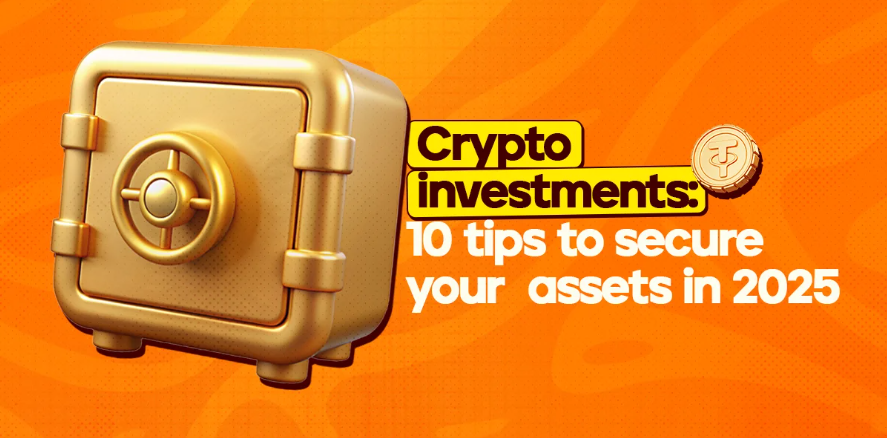Cryptocurrency offers exciting opportunities, but keeping your digital assets safe is crucial. Unlike money in a bank, crypto is your responsibility—if you lose access or get hacked, there’s no customer service to call. This beginner’s checklist will guide you through the essentials of safely storing your cryptocurrency in simple, easy-to-understand steps. Whether you’re holding Bitcoin, Ethereum, or other coins, follow these tips to protect your investment.
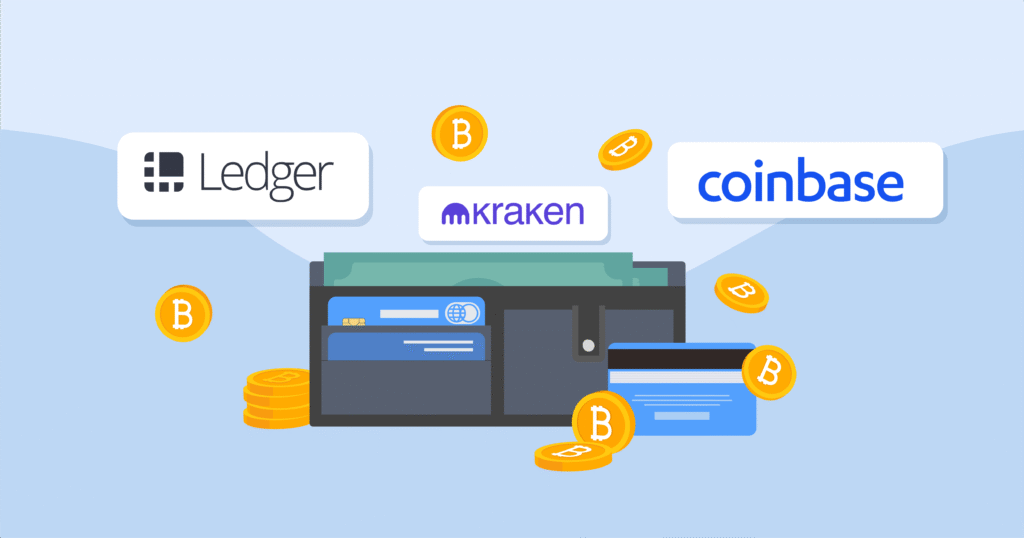
Why Safe Crypto Storage Matters
Cryptocurrencies are stored in digital wallets, which use private keys to access your funds. If someone steals your private key or you lose it, your crypto is gone forever. Hackers, scams, and technical errors are real risks in the crypto world. By following this checklist, you’ll minimize these risks and gain peace of mind while managing your digital assets.
Your Beginner’s Checklist for Safe Crypto Storage
This checklist is designed for beginners, breaking down the most important steps to secure your cryptocurrency. Let’s get started.
1. Choose the Right Type of Crypto Wallet
The first step is picking a wallet that suits your needs. Crypto wallets come in two main types:
- Hot Wallets: Software-based wallets (e.g., mobile apps like Trust Wallet or browser extensions like MetaMask). They’re convenient for frequent use but more vulnerable to online attacks.
- Cold Wallets: Offline wallets, such as hardware wallets (Ledger, Trezor) or paper wallets. They’re highly secure but less convenient for daily transactions.
For small amounts or frequent use, a hot wallet like Trust Wallet is beginner-friendly. For larger holdings, invest in a hardware wallet like Ledger.
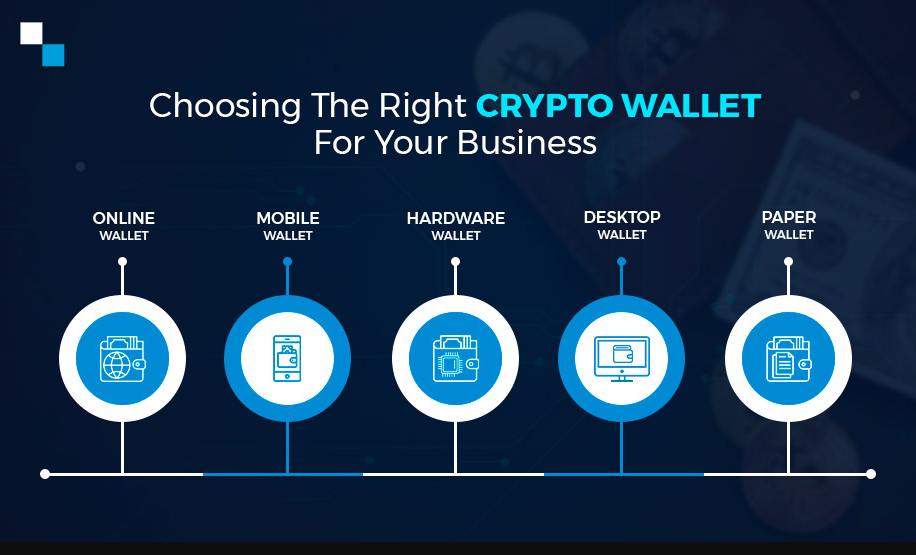
2. Secure Your Private Keys and Seed Phrase
Every crypto wallet comes with a private key or seed phrase (a set of 12–24 random words). This is the master key to your funds. If you lose it or someone else gets it, your crypto is at risk. Here’s how to protect it:
- Write down your seed phrase on paper and store it in a secure location, like a safe or safety deposit box.
- Never store your seed phrase digitally (e.g., in a photo, email, or cloud storage).
- Never share your seed phrase with anyone, even if they claim to be from your wallet provider.
- Consider splitting the phrase into parts and storing them in separate secure locations.
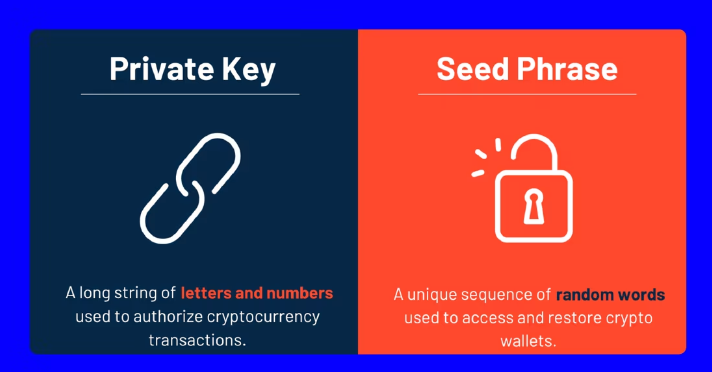
3. Use a Reputable Wallet Provider
Not all wallets are created equal. Stick to well-known, trusted providers to avoid scams or poorly designed software. Popular options include:
- Software Wallets: Trust Wallet, MetaMask, Coinbase Wallet.
- Hardware Wallets: Ledger Nano S/X, Trezor One/Model T.
Always download wallets from official websites or app stores. For example, get Trust Wallet from their official site and avoid third-party sources that might distribute malware.
4. Enable Two-Factor Authentication (2FA)
If your wallet or exchange account supports two-factor authentication, turn it on. 2FA adds an extra layer of security by requiring a second verification step (like a code sent to your phone or an authenticator app) when logging in. Apps like Google Authenticator or Authy are great for generating secure 2FA codes.
Tip: Avoid SMS-based 2FA, as hackers can intercept text messages through SIM-swapping attacks.
5. Keep Your Wallet Software Updated
Wallet providers regularly release updates to fix bugs and improve security. Always keep your wallet app or hardware device firmware up to date. Check for updates in the app or on the provider’s official website. Outdated software can expose your wallet to vulnerabilities.
6. Avoid Public Wi-Fi and Untrusted Devices
Accessing your crypto wallet on public Wi-Fi or someone else’s device is risky. Hackers can intercept data on unsecured networks or install keyloggers on shared computers. Always use a secure, private internet connection and a trusted device to manage your crypto.
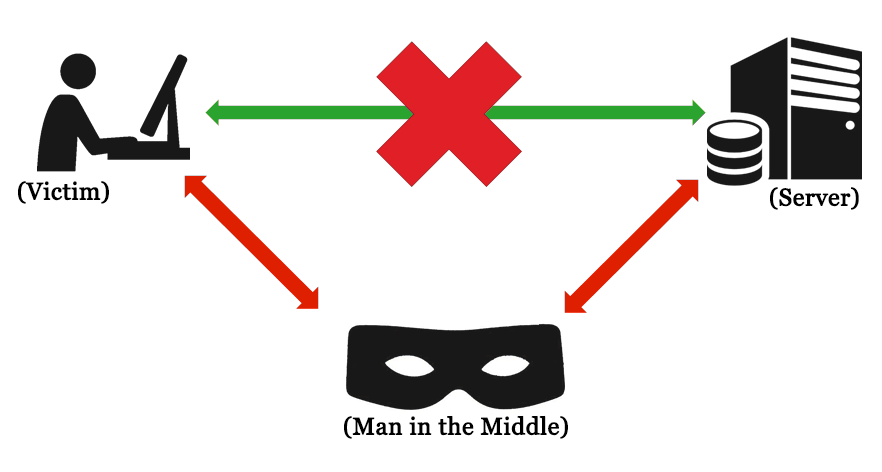
7. Be Cautious of Phishing Scams
Scammers often pose as wallet providers, exchanges, or support teams to trick you into sharing your seed phrase or private key. To stay safe:
- Ignore unsolicited emails, texts, or messages asking for your wallet details.
- Double-check website URLs before entering sensitive information (e.g., ensure it’s “ledger.com,” not “ledgerr.com”).
- Bookmark official wallet and exchange websites to avoid fake links.
Learn more about spotting scams at CoinDesk’s Learn section.
8. Test Your Backup and Recovery Process
Before storing a large amount of crypto, test your wallet’s recovery process using your seed phrase. Create a new wallet, send a small amount of crypto (e.g., $5), and then restore it on another device using the seed phrase. This ensures your backup works and gives you confidence in your setup.
9. Diversify Your Storage for Large Holdings
If you own a significant amount of cryptocurrency, don’t keep it all in one place. Spread your assets across multiple wallets for added security:
- Use a hardware wallet for long-term storage.
- Keep a small amount in a hot wallet for daily use.
- Consider multisignature (multisig) wallets, which require multiple keys to authorize transactions, for extra protection.
10. Stay Informed About Crypto Security
The crypto world evolves quickly, and so do the threats. Stay educated by following trusted sources like Cointelegraph or joining communities on Reddit’s r/cryptocurrency. Learning about new security practices will help you keep your funds safe.
Common Mistakes to Avoid
Beginners often make these mistakes when storing crypto. Steer clear to protect your assets:
- Storing Seed Phrases Online: Screenshots or cloud storage are easily hacked.
- Using Unverified Wallets: Stick to reputable providers to avoid malicious software.
- Ignoring Updates: Outdated wallets are vulnerable to attacks.
- Falling for “Free Crypto” Scams: If it sounds too good to be true, it probably is.
What to Do After Securing Your Crypto
Once your cryptocurrency is safely stored, you’re ready to explore the crypto world with confidence. Here are some next steps:
- Monitor Your Assets: Use apps like CoinGecko or CoinMarketCap to track your portfolio.
- Explore Crypto Uses: Learn about staking, decentralized apps (dApps), or using crypto for payments.
- Keep Learning: Check out beginner-friendly resources on CoinDesk to deepen your knowledge.
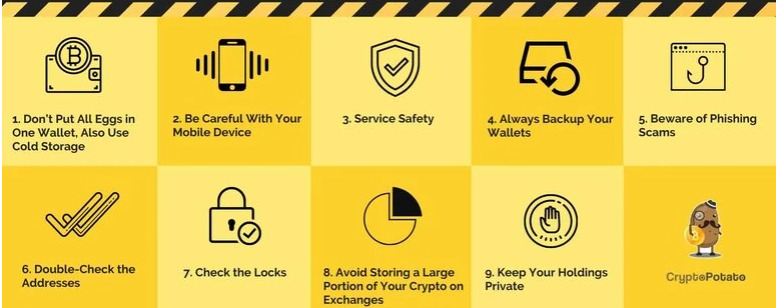
Conclusion
Safely storing your cryptocurrency doesn’t have to be complicated. By following this beginner’s checklist—choosing a secure wallet, protecting your seed phrase, enabling 2FA, and staying vigilant—you can safeguard your digital assets with confidence. Take your time to set up your storage properly, start small, and keep learning as you go. With these steps, you’re well on your way to mastering crypto security and enjoying the exciting world of digital finance!

